 All Our Tours
All Our Tours
Written by: Alice Le
Updated date:04/07/2025
Contents
The Cardamom Mountains, located in southwestern Cambodia, are one of Southeast Asia’s last unspoiled rainforests. Known for their breathtaking scenery, rich biodiversity, and ecotourism opportunities, these mountains are perfect for nature lovers, adventure enthusiasts, and eco-conscious travelers. From lush rainforests and tranquil rivers to rare wildlife and sustainable tourism experiences, the Cardamom Mountains are a hidden gem waiting to be explored.
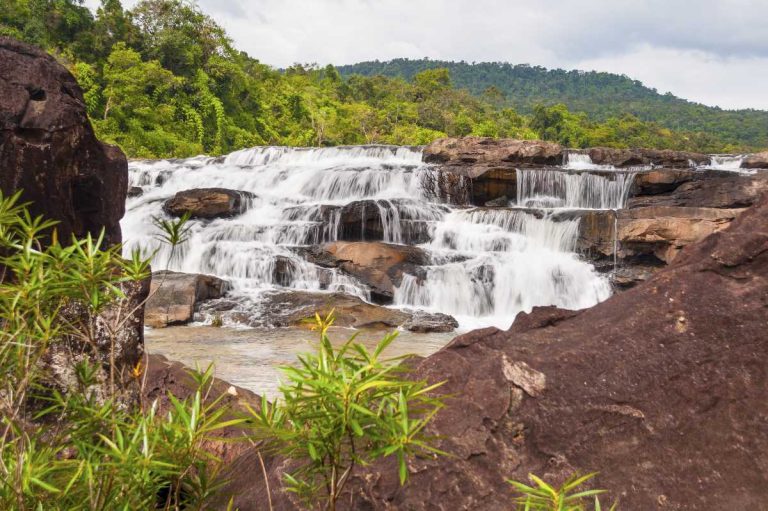
How to Visit The Cardamom Mountains
The Cardamom Mountains span across several provinces in southwestern Cambodia, including Koh Kong, Pursat, Kampong Speu, Battambang, and Sihanoukville. This vast region, covering around 20,000 square kilometers, is one of the largest remaining tropical rainforests in Southeast Asia.
The area is part of the Indo-Burma Biodiversity Hotspot and is home to over 2,000 species of plants and animals, including critically endangered species such as the Siamese crocodile, clouded leopard, and Asian elephant. The mountains also protect important watersheds and rivers, such as the Tatai River, which supports millions of Cambodians with freshwater.
Apart from its natural beauty, the Cardamom Mountains are also home to indigenous communities that have lived sustainably in the region for generations. Many visitors come here to experience the pristine wilderness while supporting eco-friendly tourism initiatives that help preserve this fragile ecosystem.
According to Wildlife Alliance, the Cardamom Mountains represent one of Southeast Asia’s last remaining intact rainforests, playing a vital role in protecting biodiversity and combating climate change. With over 1.3 million hectares of protected forest, this region is home to countless endangered species and serves as a global model for sustainable conservation. Through close collaboration with local communities and government partners, Wildlife Alliance continues to protect this ecological treasure from illegal logging and wildlife trafficking.
Moreover, The Cardamom Mountains are one of Southeast Asia’s most important ecological treasures. According to Conservation International, this region supports over 500 animal species, including endangered clouded leopards, sun bears, and Asian elephants. A 2023 camera-trap study revealed the presence of 108 wildlife species, with 23 classified as Vulnerable or higher on the IUCN Red List. Thanks to long-term conservation efforts, more than 95% of the forest cover remains intact, playing a vital role in carbon storage, freshwater protection, and biodiversity conservation. Conservation International continues to work closely with local communities and authorities to protect this ecosystem.
Reaching the Cardamom Mountains requires some thoughtful planning as the region spans across a large area and is not as accessible as Cambodia’s urban hubs. However, with eco-tourism development gaining momentum, transportation options to entry points like Chiphat, Tatai, Koh Kong, and Pursat have significantly improved. Travelers can choose from a variety of transport methods depending on their starting location, budget, and desired level of comfort.
Traveling from Siem Reap, the gateway to Angkor Wat, to the Cardamom Mountains is a 6 to 8-hour journey. While there are no direct public transportation options to the heart of the Cardamoms, travelers can connect to nearby towns like Koh Kong, Pursat, or Tatai before venturing deeper into the region.
There are a lot of transport options for tourists to choose when traveling:
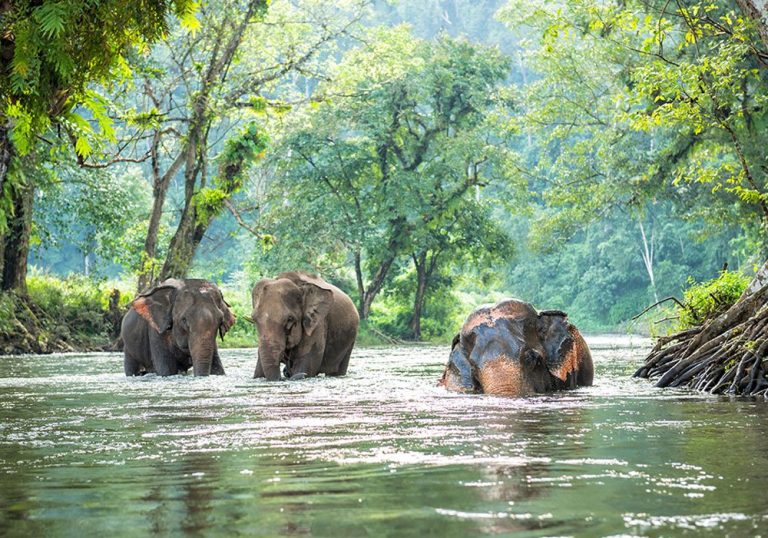
How Do I Get to the Cardamom National Park, Cambodia
The journey from Phnom Penh, Cambodia’s bustling capital, to the Cardamom Mountains is relatively shorter, taking approximately 4 to 6 hours. The city serves as a major hub with plenty of transport options to the region, such as:
The Cardamom Mountains can also be accessed from Battambang, a town known for its rich cultural heritage and historical landmarks. The journey takes 5 to 7 hours, depending on your chosen mode of transport.
Choosing the right time to visit the Cardamom Mountains ensures you make the most of your experience. Cambodia’s tropical climate has two distinct seasons:
This is the best time to visit, as the weather is cooler and drier, making outdoor activities like trekking and kayaking more enjoyable. Rivers are calmer, trails are easier to navigate, and wildlife spotting is more likely. December and January are particularly ideal months for visitors.
While the rainy season brings lush greenery and powerful waterfalls, it can make travel challenging due to muddy roads and flooded trails. However, if you don’t mind the rain, this is a great time to see the rainforest at its most vibrant. Photographers and nature lovers often visit during this season for dramatic landscapes.
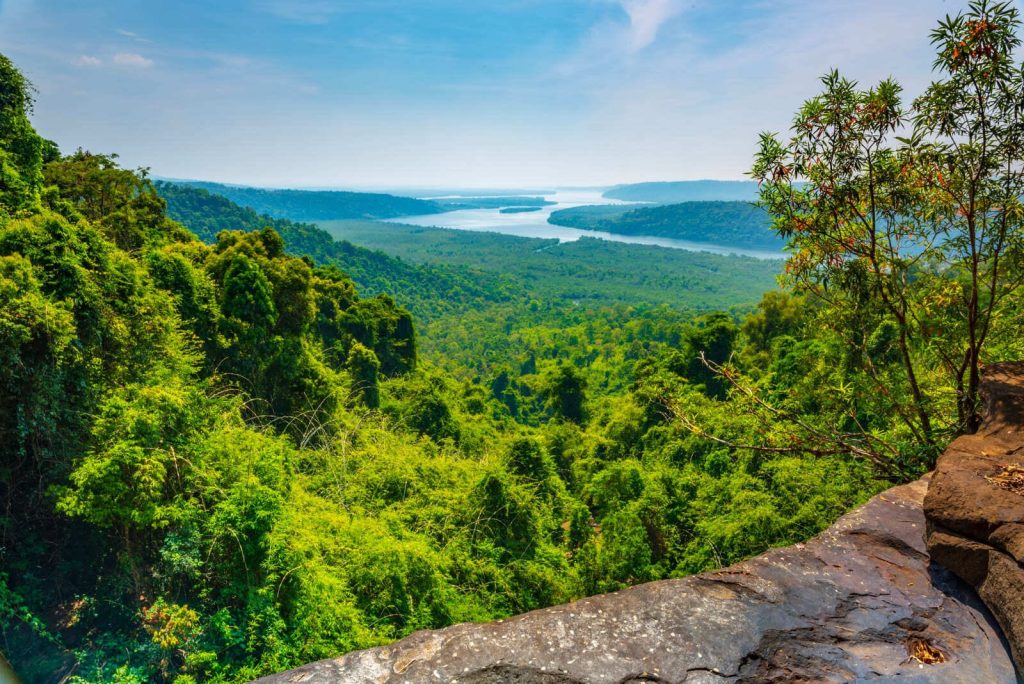
Visit-Cardamom-Cambodia
The Cardamom Mountains offer a variety of activities for adventurers, eco-tourists, and those seeking peace in nature.
Trekking is one of the most popular activities in the Cardamoms. Trails range from short walks through the jungle to multi-day treks that take you deep into the rainforest. Guided treks from Chiphat or Tatai allow you to explore the region while learning about its ecology and wildlife.

Battambang to Cardamom Mountains
The Cardamom Mountains are a biodiversity hotspot, home to rare animals like the pileated gibbon, pangolin, and sun bear. Join a wildlife tour or visit a conservation project to spot these incredible creatures and learn about efforts to protect them.
Chiphat, a community-based eco-tourism village, is a gateway to the Cardamoms. Here, you can stay in homestays, rent bicycles or kayaks, and enjoy guided tours of the rainforest. Proceeds from tourism directly support the local community and conservation efforts.

Eco-Tourism in Chiphat in the Cardamom Mountains
The Tatai River is perfect for kayaking or leisurely boat cruises. Paddle through mangrove forests, explore hidden streams, or relax as you float along crystal-clear waters surrounded by lush greenery.
Sunset boat trips are also popular, offering stunning views and a peaceful way to end your day.
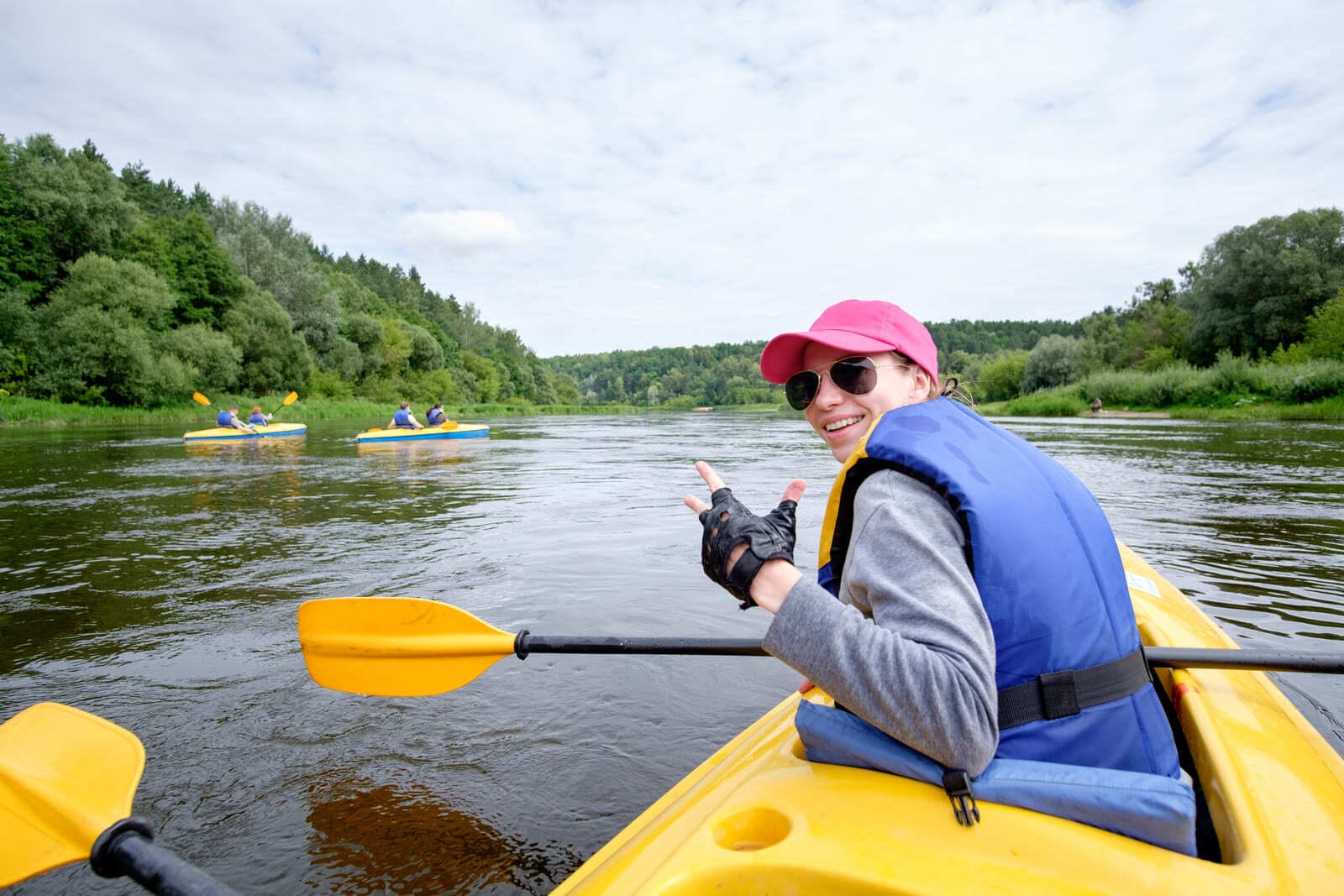
kayak-Cardamom-Cambodia
The Cardamom Mountains are dotted with stunning waterfalls, perfect for a refreshing dip, picnic, or photo op. Must-see cascades include:
Tatai Waterfall: A wide, multi-tiered waterfall reachable by boat or jungle trek
Kbal Chhay Waterfall: Near Sihanoukville, this is a favorite for locals and offers a chance to cool off in natural pools
These spots are great for swimming, picnics, and photography.

Tatai-Waterfall-Cambodia
Meet indigenous communities like the Por and Chong people who live in the Cardamom region. Engage with their traditions, taste local cuisine, and learn about their sustainable lifestyle.
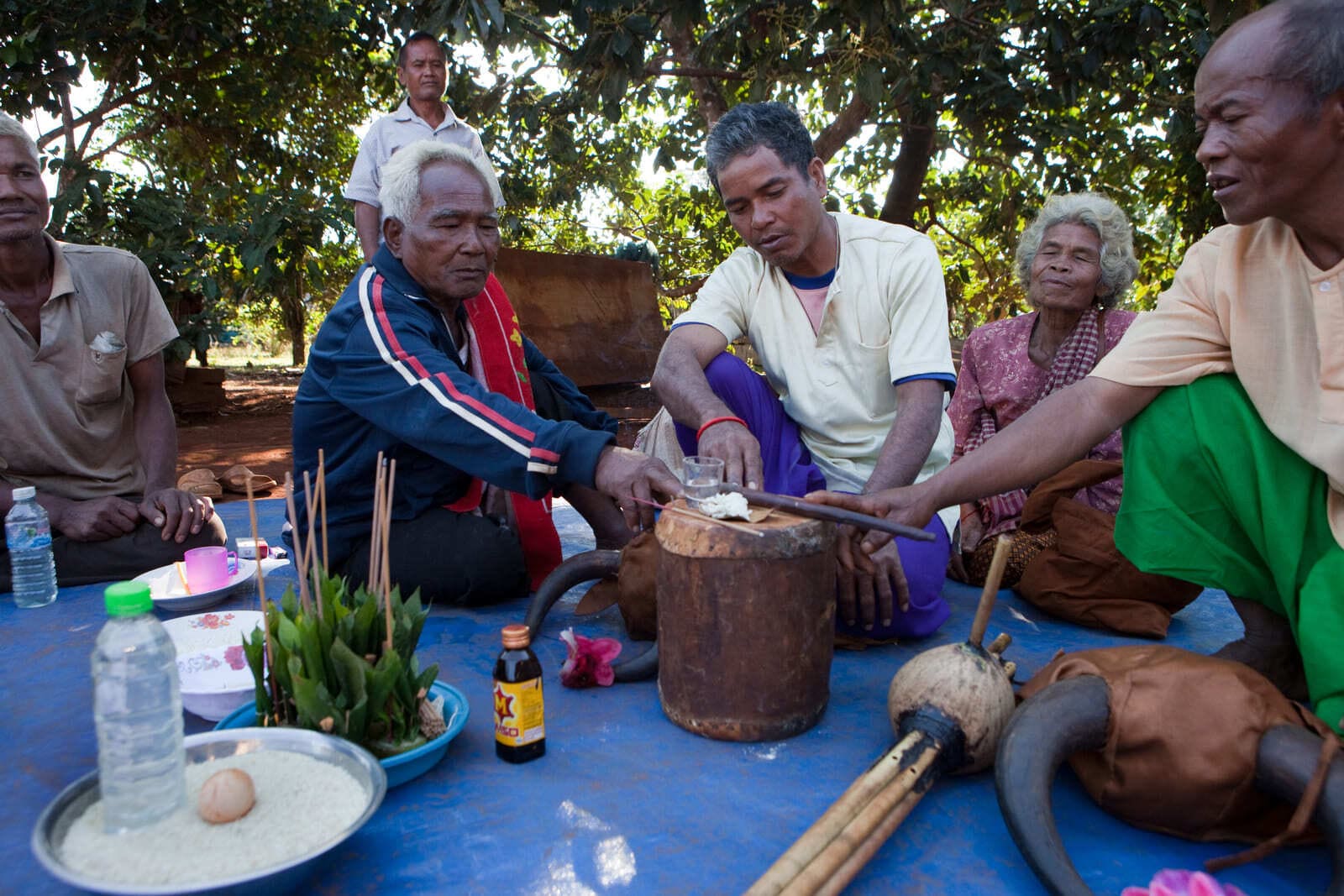
Cardamom-Mountains-Cambodia
Far from the lights of the city, the Cardamom Mountains offer breathtaking night skies. Camping under the stars is a magical way to connect with nature. This is a powerful way to support cultural preservation and gain a deeper appreciation for the people who protect this ecosystem every day.

Cardamom-camping-Cambodia
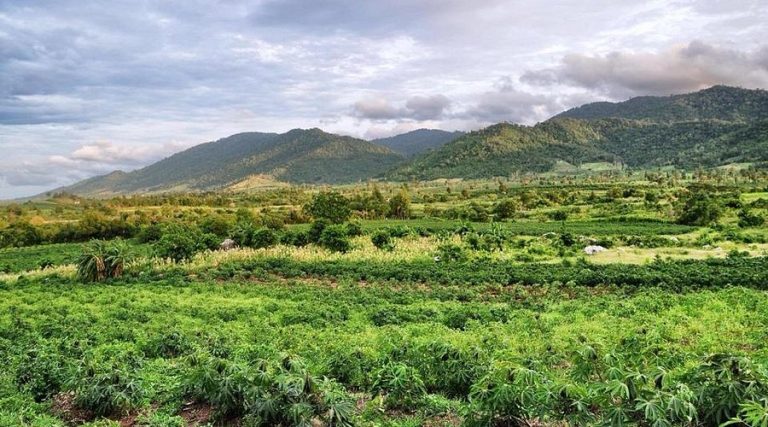
How Long Should I Spend in the Cardamom Mountains?
The amount of time you spend in the Cardamoms depends on your itinerary and interests. Normally, tourists will spend about 2-5 days in this region:
The Cardamom Mountains is an adventurous and unspoiled destination in Cambodia, ideal for eco-tourism, trekking, and nature exploration. While it offers a unique and serene experience, it’s important to take certain precautions and plan ahead to ensure a safe and enjoyable trip. Here are some essential travel tips for your visit:
The Cardamom Mountains are a sanctuary for nature, culture, and adventure, offering travelers a unique glimpse into Cambodia’s untouched wilderness. From thrilling treks and serene kayaking to wildlife encounters and cultural immersion, this region is a must-visit for those seeking off-the-beaten-path experiences. Whether you’re planning a short escape or an extended eco-adventure, the Cardamoms promise unforgettable memories in one of the most beautiful corners of Southeast Asia.
Start planning your journey to this spectacular rainforest today with Asia Viva Travel !

 29/12/2025
29/12/2025Explore top Festivals in Cambodia, from iconic celebrations like Khmer New Year to traditional events, offering travelers a unique window into the country’s rich traditions.

 18/12/2025
18/12/2025Discover Cambodia’s airport guide to choose the best airport for Angkor Wat, Phnom Penh, Siem Reap or the beaches, and plan a smooth, efficient journey.

 26/11/2025
26/11/2025Visiting Cambodia and Vietnam for stunning landscapes, vibrant cities, ancient temples, and UNESCO World Heritage sites is a complete travel experience for tourists.

 19/11/2025
19/11/2025The Golden Triangle is one of the most legendary travel destinations in Southeast Asia, known for its history, stunning river landscapes, and multicultural influence